This article needs additional citations for verification .(October 2024) |
Theobald (c. 854-895), count of Arles, was a Frank from the Bosonid-family.
He was a son of Hucbert.
He and his wife Bertha had two sons, Hugh of Italy and Boso of Tuscany. [1]
This article needs additional citations for verification .(October 2024) |
Theobald (c. 854-895), count of Arles, was a Frank from the Bosonid-family.
He was a son of Hucbert.
He and his wife Bertha had two sons, Hugh of Italy and Boso of Tuscany. [1]

Louis VII, called the Younger or the Young to differentiate him from his father Louis VI, was King of France from 1137 to 1180. His first marriage was to Duchess Eleanor of Aquitaine, one of the wealthiest and most powerful women in western Europe. The marriage temporarily extended the Capetian lands to the Pyrenees.
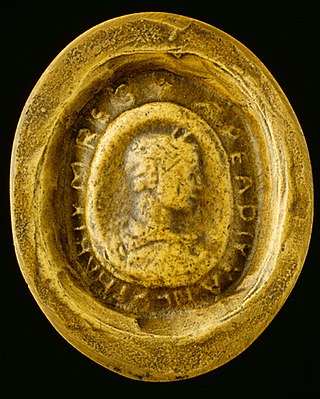
Lothair II was the king of Lotharingia from 855 until his death in 869. He was the second son of Emperor Lothair I and Ermengarde of Tours. He was married to Teutberga, daughter of Boso the Elder.
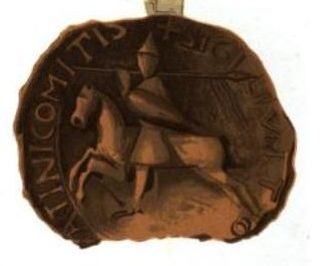
Theobald the Great (1090–1152) was count of Blois and of Chartres as Theobald IV from 1102 and was Count of Champagne and of Brie as Theobald II from 1125. Theobald held Auxerre, Maligny, Ervy, Troyes and Châteauvillain as fiefs from Odo II, Duke of Burgundy.
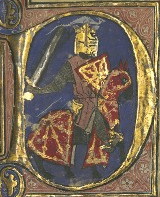
Theobald I, also called the Troubadour and the Posthumous, was Count of Champagne from birth and King of Navarre from 1234. He initiated the Barons' Crusade, was famous as a trouvère, and was the first Frenchman to rule Navarre.
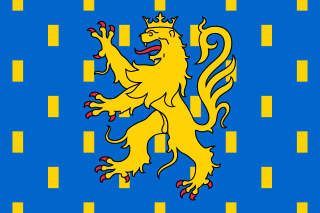
The Free County of Burgundy was a medieval feudal state ruled by a count from 982 to 1678. It was also known as Franche-Comté, from French: franc comte meaning 'free count', and was located in the modern region of Franche-Comté. It bordered the Duchy of Burgundy to the west, which was part of France from 843.
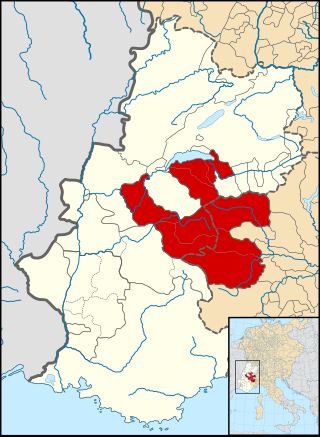
The County of Savoy was a feudal state of the Holy Roman Empire which emerged, along with the free communes of Switzerland, from the collapse of the Burgundian Kingdom in the 11th century. It was the cradle of the future Savoyard state.
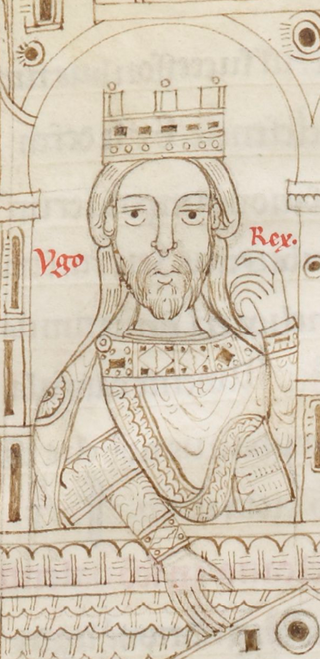
Hugh, known as Hugh of Arles or Hugh of Provence, was the king of Italy from 926 until his death. He belonged to the Bosonid family. During his reign, he empowered his relatives at the expense of the aristocracy and tried to establish a relationship with the Byzantine Empire. He had success in defending the realm from external enemies, but his domestic habits and policies created many internal foes and he was removed from power before his death.
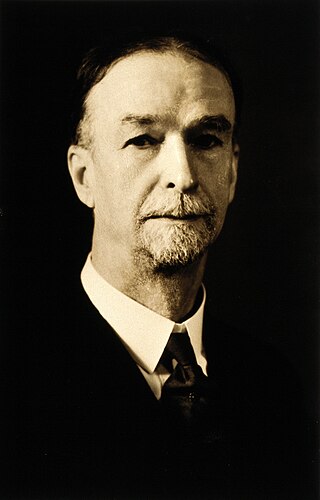
Theobald is a Germanic dithematic name, composed from the elements theod- "people" and bald "bold". The name arrived in England with the Normans.
Theobald III of Blois was count of Blois, Meaux and Troyes. He was captured in 1044 by Geoffrey II, Count of Anjou, and exchanged the County of Touraine for his freedom. Theobald used his nephew's involvement with the Norman invasion of England to gain authority over the County of Champagne. He died in 1089.
This is a list of the counts of Arles.
Adalbert II, called the Rich, son of Adalbert I, Margrave of Tuscany and Rothild of Spoleto. He was a grandson of Boniface II, and was concerned with the troubles of Lombardy, at a time when so many princes were contending for the wreckage of the Carolingian Empire. Before his father died in 884 or 886, he is accredited the title of "count". He inherited from his father the titles of Count and Duke of Lucca and Margrave of Tuscany.
Boso was a Burgundian nobleman who spent much of his career in Italy, where he became Margrave of Tuscany about 932. He ruled semi-autonomously and was a benefactor of the churches of his region. He lost his office in 936 and probably returned to Burgundy.
Theobald I, called the Trickster, was Count of Blois, Tours, Chartres and Châteaudun, as well as Lord of Vierzon and Provins. He was a loyal and potent vassal of Hugh the Great, duke of the Franks.
Bertha was countess of Arles by marriage to Theobald of Arles, and margravine of Tuscany by marriage to Adalbert II of Tuscany. She served as regent of Lucca and Tuscany from 915 until 916 during the minority of her son Guy of Tuscany. She was described as beautiful, spirited and courageous, while her influence over her spouse was, coupled with ambition, attributed to have involved her husbands in many wars.
Hucbert was a Frank and son of the count Boso the Elder. Therefore, he was a Bosonid, and the namesake for the Huberterian branch of the family. His rise to power commenced under Lothair I but continued under Lothair II, reaching its apex when his sister Theutberga married Lothair II, a prince of the Carolingian dynasty, the imperial family of Francia. Hucbert also served as the lay-abbot of the Abbey of Saint Maurice-in-Valais. This gave him control over the Mons Iovis pass, the main route between Francia and Italy. Hucbert later gained power in the region of Transjurane Burgundy (859) which is what helped him later to find safety within the kingdom of Charles the Bald.

The House of Blois was a noble family that arose in the Kingdom of West Francia in the early 10th century, and whose prominent members were often named Theobald.
Waldrada was the mistress, and later the wife, of Lothair II of Lotharingia.
Willa of Burgundy was a member of the Elder House of Welf. By birth she was a daughter of Rudolph I of Burgundy, king of Upper Burgundy. Through marriage to Boso, Margrave of Tuscany, Willa became countess of Avignon and Arles, and then margravine of Tuscany.